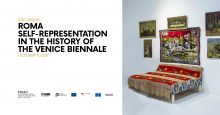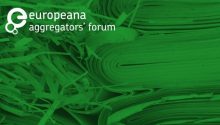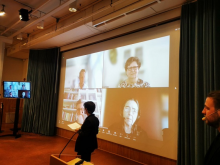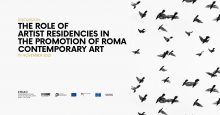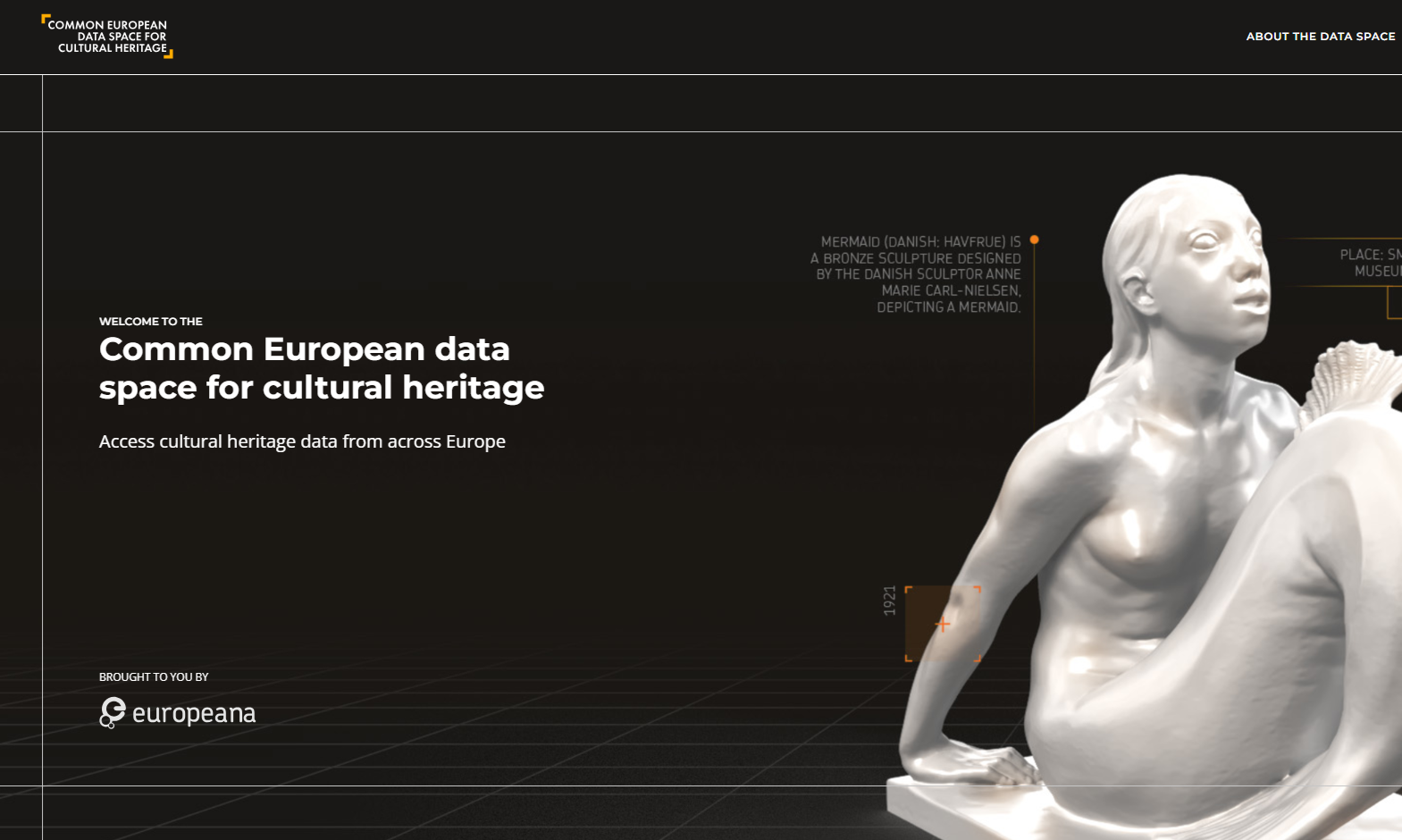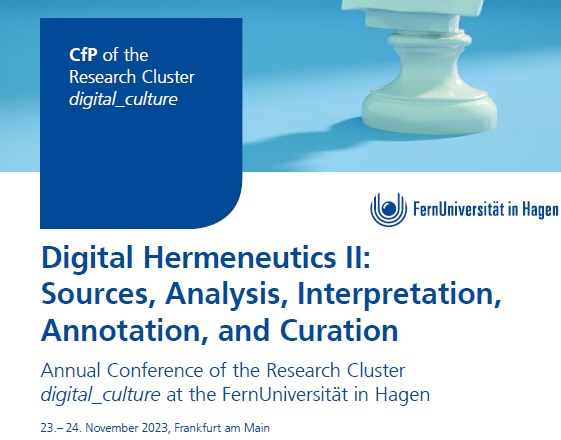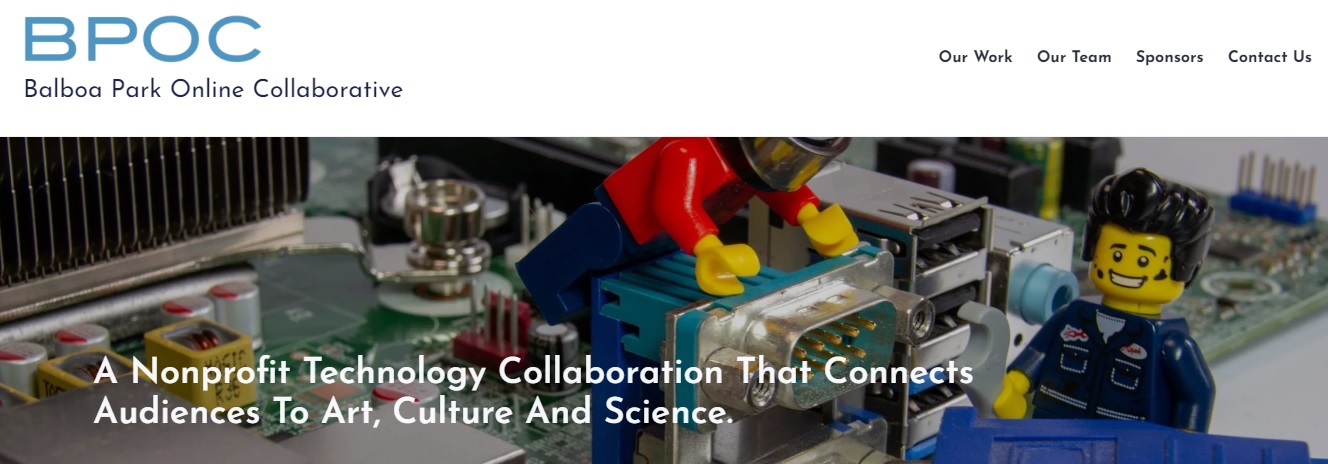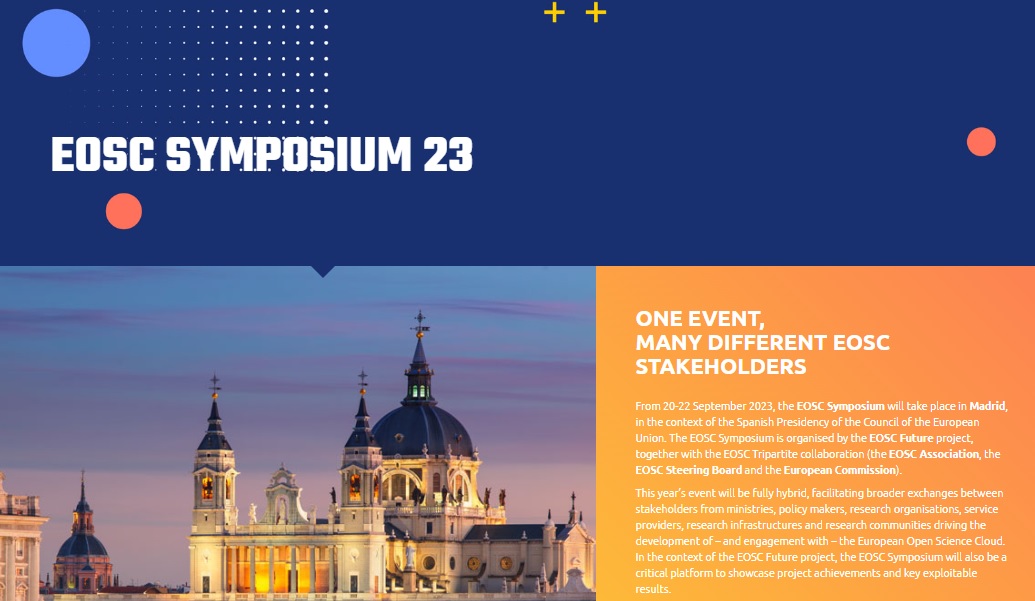On a regular schedule, the WEAVE team publishes a blog post which features a partner of the WEAVE consortium. This blog item presents partner ERIAC European Roma Institute for Arts and Culture e.V..
WEAVE aims to connects various communities at local, micro and macro levels, and to do this we are relying on various organisations and cultural institutions. The European Roma Institute for Arts and Culture e.V. (ERIAC) is a joint initiative of the Council of Europe, the Open Society Foundations, and the Roma Leaders’ initiative – the Alliance for the European Roma Institute. ERIAC is an association registered under German law on 07 June 2017, in Berlin, Germany. ERIAC has its headquarters in Berlin and Belgrade but its work is international.
ERIAC has a unique and single mandate as the first transnational, European-level organization for the recognition of Roma arts and culture. It exists to increase the self-esteem of Roma and to decrease negative prejudice of the majority population towards the Roma by means of arts, culture, history, and media.

European Roma Institute for Arts and Culture. Damian Le Bas. Gypsyland. Roma Da Da. 2014 © Nihad Nino Pušija/ ERIAC
ERIAC acts as an international creative hub to support the exchange of creative ideas across borders, cultural domains and Romani identities. ERIAC aims to be the promoter of Romani contributions to European culture and talent, success and achievement, as well as to document the historical experience of Romani people in Europe. ERIAC exists to be a communicator and public educator, to disseminate a positive image and knowledge about Romani people for dialogue and building mutual respect and understanding.
The main long-term aims of ERIAC are to educate and inform the non-Roma population about Roma arts and culture in order to foster understanding, tolerance and mutual respect between Roma and non-Roma communities; to raise awareness among European institutions, policymakers and stakeholders about the role of Roma arts and culture; and to build-up broad partnerships across Europe (and beyond) for support of Roma arts, culture and communities.

ERIAC Serbia. 2021 © Srđan Tomašević (LESTE). Belgrade 25.05.2021. Launching Ceremony of ERIAC Serbia and the Roma Education Fund In Belgrade, Eriac are opened by Alexander Soros with Serbian President Aleksandar Vucic. OSF/Vladimir Zivojinovic
ERIAC is a membership-based organization, bringing together Roma and non-Roma individuals and organizations, with relevant and demonstrated competencies and experience in the field of arts and culture and who are committed to ERIAC’s values. Currently, there are over 150 Roma and non-Roma members, individuals and organizations, including museums, documentation centers, gallery spaces as well as Roma artists, cultural producers and private collectors, from across Europe and the US. ERIAC’s associate members are organized in four thematic sections: 1) Arts and Culture, 2) History and Commemoration, 3) Research and Publication in the fields of arts and culture, 4) Media and Information in the fields of arts and culture.
Through its membership structure, ERIAC will engage content contributors to provide valuable samples of Roma tangible and intangible heritage artifacts that will be included in the Europeana collection in the framework of WEAVE.

ERIAC Berlin façade. 2018 © ERIAC European Roma Institute for Arts and Culture
ERIAC’s role in the project consists of:
- Connecting to the Roma community
- Providing content
- Being an expert on cultural community engagement
The items will be selected based on the following criteria: relevance and/or historical importance; authenticity (produced by Roma); quality of digitalization (meeting the standards); possibility of clearing the copyrights. ERIAC members will be invited to propose items to be included while the final selection will be supervised by ERIAC management (with experience and expertise in curating). An emphasis will be placed on contemporary objects, especially examples of contemporary art produced by Roma artists, to counterbalance the dominant folkloric/ ethnographic, and often stereotypical representation of Roma people.
This is relevant due to the following reasons:
- a dominant part of the current items in Europeana collections website labelled as “Roma/ Gypsy” include items which are either produced by non-Roma (for example, ethnographic photographs of the Roma) or represent an imagined representation of the Roma (for example, works of art which fetishizes/ exotifies the imagined “Roma”, as a representation of an archetype/ stereotype);
- Contemporary artistic practice is developed by Roma people themselves, giving an authentic and subjective representation of Roma identity and culture;
WEAVE is excited that ERIAC is partner and look forward to exploring the curated content, the collections and learning from them for the capacity-building strand of the project.



